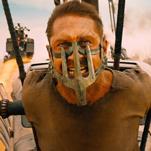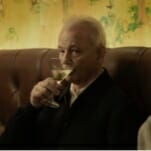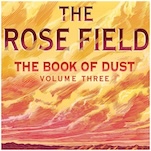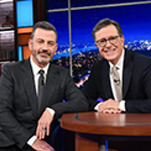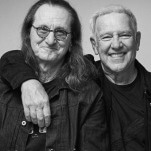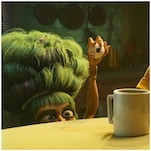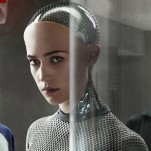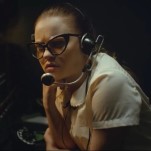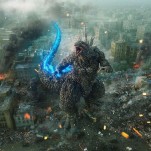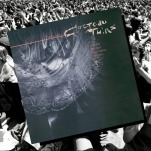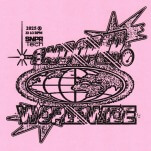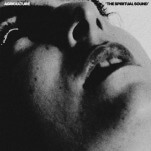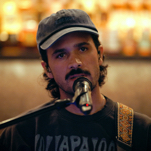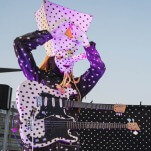In TNT’s Series, Snowpiercer Is No Longer a Dark Prophesy but a Mirror
Photo Courtesy of TNT
The most unsettling thing about watching a show about a post-apocalyptic future during a pandemic is that even the most random details hit a little too close to home. At one point during TNT’s new series, Snowpiercer, head of hospitality Melanie (a perfectly cast Jennifer Connelly) asks one of the train’s conductors, “Do you remember fresh air? Do you remember going for walks?” to which he responds, after a thoughtful pause, “Rain. I miss the sound of rain.”
We are now coming up on two full months of quarantine here in the States, and though we are not exactly survivors aboard a 1,001-car high speed train careening around a frozen planet, it’s hard for dialogue like this not to resonate. Or for scenes depicting horrendous displays of classism to not gnaw at our collective conscience as we watch our ugly realities play out on a TV screen.
“Do you remember hugs? Do you remember leaving the house without a mask and gloves at the ready? Do you remember what it was like before?”
What happens when there is less to learn from the allegory than from reality itself? When simile becomes metaphor? It’s not that the society we live in is like the fictional world of Snowpiercer; it’s that the society we live in is Snowpiercer.
The premise for the series is that in the not-too-distant future, climate change has taken a turn for the worse, and scientists attempting to counteract the damage humanity has enacted upon our planet accidentally freeze the world instead. A supposedly forward-thinking “visionary” named Mr. Wilford predicts the coming disaster, and builds a train 1,001 cars long that will house all of Earth’s last remaining citizens, circling the globe without an end in sight. As is the case with society itself, the train is divided into various classes—first, second, third, and the tail—each defined by varying degrees of privilege and poverty. The story is based on the French graphic novel Le Transperceneige, originally published in 1982; Oscar winner Bong Joon-Ho adapted it into a star-studded, big-screen action flick in 2013 (see: Chris Evans, Octavia Spencer, Tilda Swinton, and Song Kang-Ho).
Bong is, in fact, one of the executive producers for the TNT series, but outside of lending his genius to the aesthetics and laying down the tracks—pardon the pun—for TNT’s significantly less dynamic series, his influence is more ancillary than critical. In place of Bong’s Hollywood action hero Evans, the TV series enlists Hamilton star Daveed Diggs as Andre Layton, the reigning leader of the mistreated “tailies” section of the train. Instead of a more straightforward rebellion pushing Evans’ Curtis from the tail to the front of the train, the series takes advantage of its multi-chapter format to present a complex web of lies, false identities, and complicity.
The trouble with having all these different storylines woven together, however, is that there is literally so much going on at any given moment that each plot point ends up diluting the efficacy of the others. Kind of like real life, it’s hard to know what to focus on. There are of course big questions about corruption within governing bodies, the importance of access as a form of power, and the institutional inequities that keep citizens in their place (or in this case, their train car). There’s the love triangle between Layton and two women, a drug distribution chain that spans the entire train, and innumerable nods to the inherent privilege of porcelain white women. Oh, and a murderer on the loose. It’s a lot to tackle within 10 episodes, and while the ambition is laudable, what’s perhaps truer is that the focus of the series gets lost in its attempt to capture the overwhelming nature of our world today and reflect it back to us.
-

-

-

-

-

-

-

-

-

-

-

-

-

-

-

-

-

-

-

-

-

-

-

-

-

-

-

-

-

-

-

-

-

-

-

-

-

-

-

-









